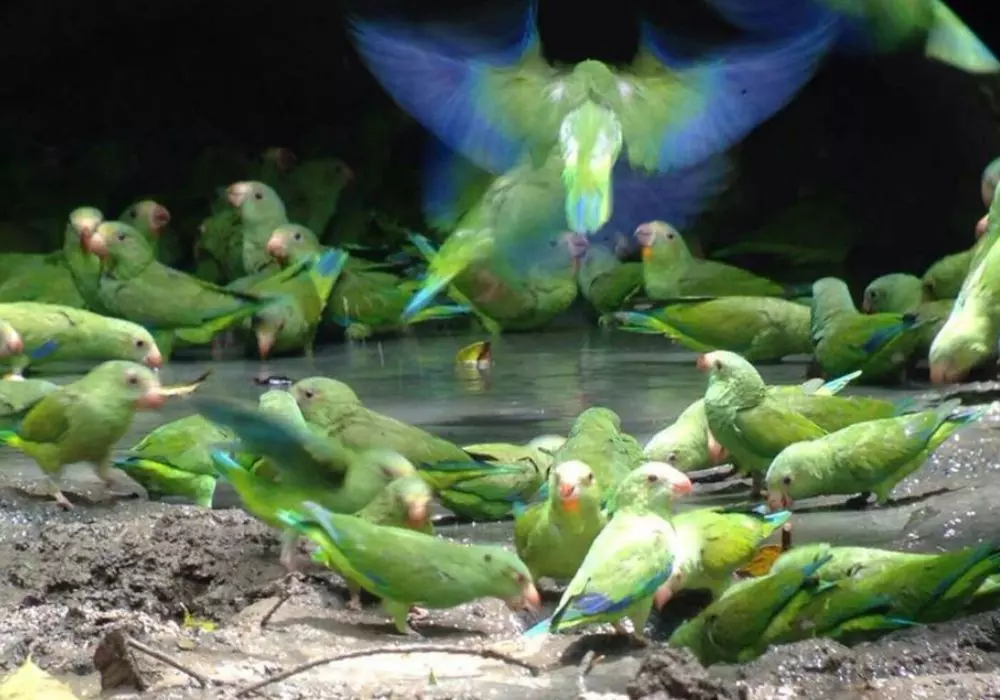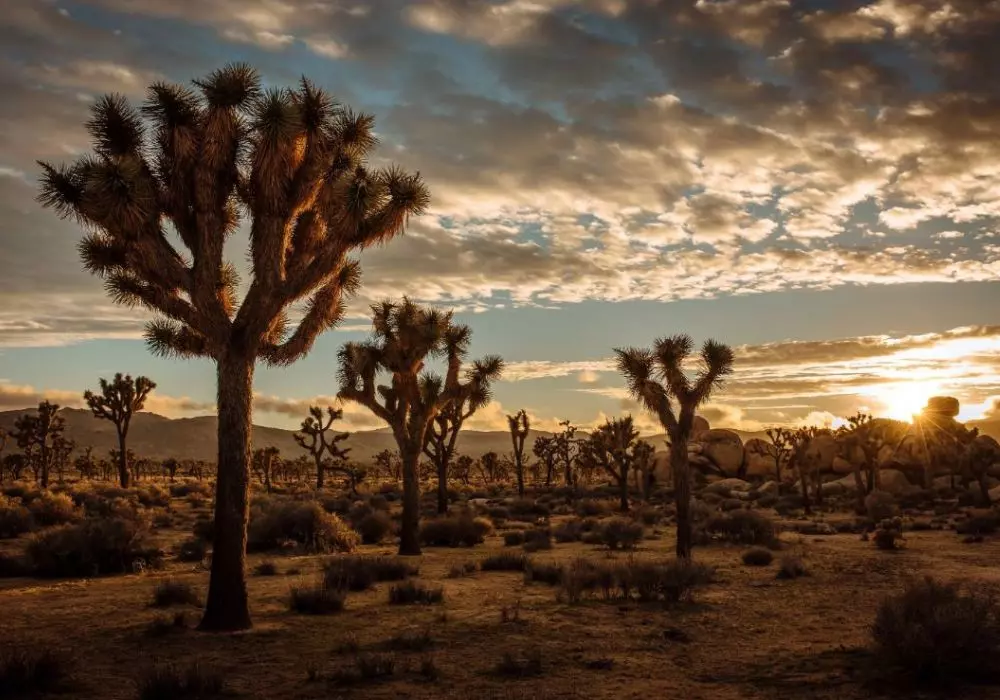Birdwatching is a delightful and rewarding hobby that allows you to connect with nature, explore diverse environments, and observe the fascinating world of birds.
Whether you’re in your backyard, at a local park, or traveling to exotic locations, birdwatching offers endless opportunities for discovery.
If you’re new to birdwatching and eager to start this exciting journey, this beginner’s guide will provide you with all the essential tips, tools, and techniques to help you get started.
From choosing the right gear to identifying birds, you’ll learn everything you need to enjoy birdwatching to the fullest.
1. Why Birdwatching? The Joy of Connecting with Nature
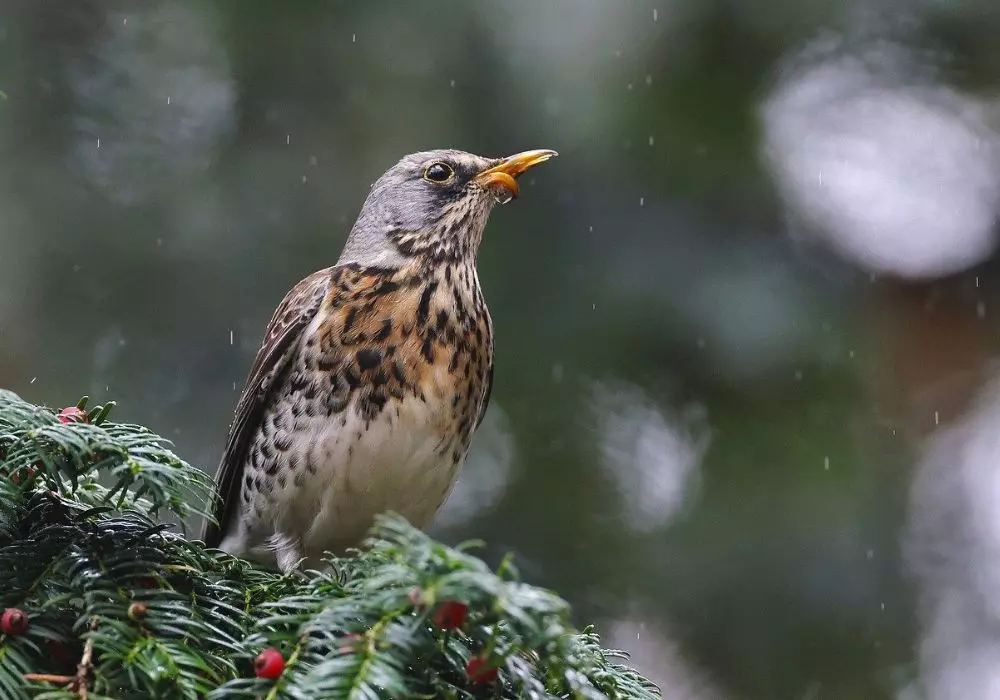

Birdwatching, or birding, is more than just observing birds; it’s an immersive experience that brings you closer to the natural world.
Here are some of the reasons why birdwatching is a hobby worth exploring:
Connection with Nature: In today’s fast-paced world, birdwatching offers a calming escape into nature. It allows you to slow down, observe, and appreciate the beauty and diversity of the world around you.
Accessible and Affordable: Birdwatching doesn’t require expensive equipment or extensive travel. You can start right in your backyard, at a local park, or any nearby natural area.
Mental and Physical Benefits: Birdwatching encourages physical activity, such as walking and hiking, and offers mental relaxation as you focus on the sounds and sights of nature.
Educational and Enriching: Birdwatching is a continuous learning experience. As you identify new species and understand their behaviors, you’ll gain a deeper appreciation for wildlife and ecosystems.
2. Essential Birdwatching Gear: What You Need to Get Started
Getting started with birdwatching doesn’t require much, but having the right gear can enhance your experience significantly. Here’s what you need:
Binoculars: Your Birdwatching Best Friend
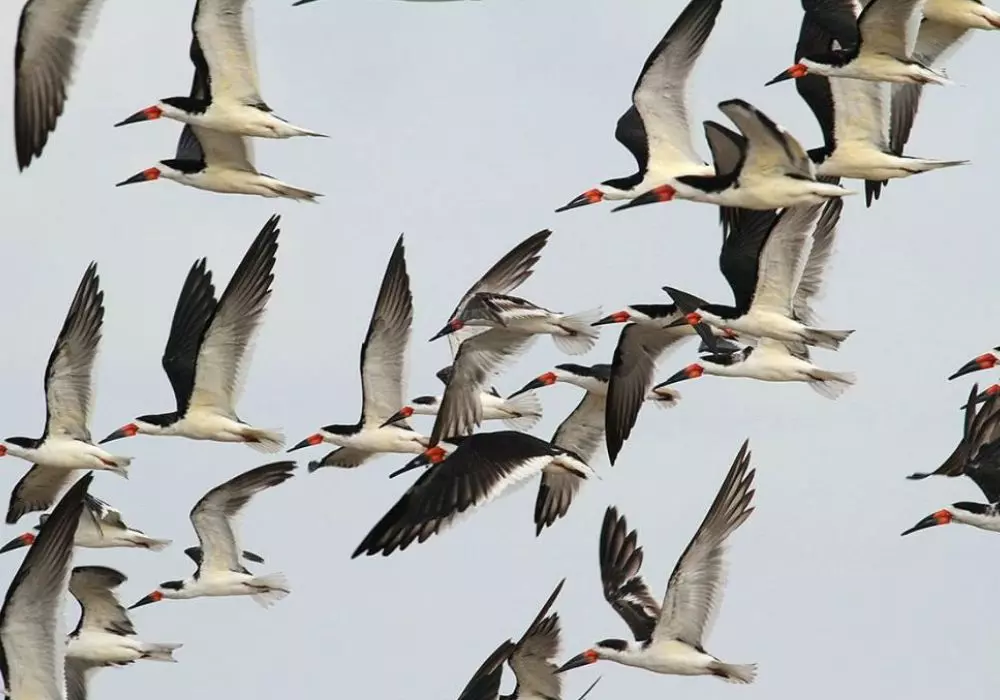

A good pair of binoculars is the most important tool for any birdwatcher.
Binoculars allow you to see birds up close, observing details that are impossible to spot with the naked eye.
When choosing binoculars, consider the following:
Magnification and Field of View: Binoculars with 8x or 10x magnification are ideal for birdwatching. A wider field of view (measured in feet at 1,000 yards) helps you locate and track birds more easily.
Comfort and Weight: Binoculars should be comfortable to hold and light enough to carry during long walks. Look for models with adjustable eye cups and a neck strap for added comfort.
Durability: Since birdwatching often takes place in diverse environments, choose binoculars that are waterproof and have a durable design.
Field Guide: Your Go-To Reference for Bird Identification
A bird field guide is an essential resource for identifying the birds you encounter. Field guides provide detailed descriptions, illustrations, and range maps that help you distinguish between similar species. When selecting a field guide:
Regional Guides: Choose a guide that covers the birds of your specific region or country. This ensures that the species you’re likely to see are included.
Illustrations vs. Photos: Some field guides use illustrations, while others use photographs. Illustrations can highlight key identification features, while photos show the birds in their natural settings. Choose the style that works best for you.
Portable Size: A compact field guide is easier to carry during birdwatching trips. Alternatively, you can use a birdwatching app on your smartphone, which offers the added benefit of bird calls and quick identification features.
Notebook or Birding App: Recording Your Observations
Keeping a record of the birds you see is a great way to track your progress and remember your experiences.
You can use a simple notebook to jot down the species, location, date, and any interesting behaviors you observe.
Alternatively, birdwatching apps like eBird or Merlin Bird ID offer convenient ways to log sightings, access bird information, and contribute to citizen science.
Optional Gear: Enhancing Your Birdwatching Experience
While the essentials are enough to get you started, there are a few additional items that can enhance your birdwatching experience:
Bird Feeder and Birdbath
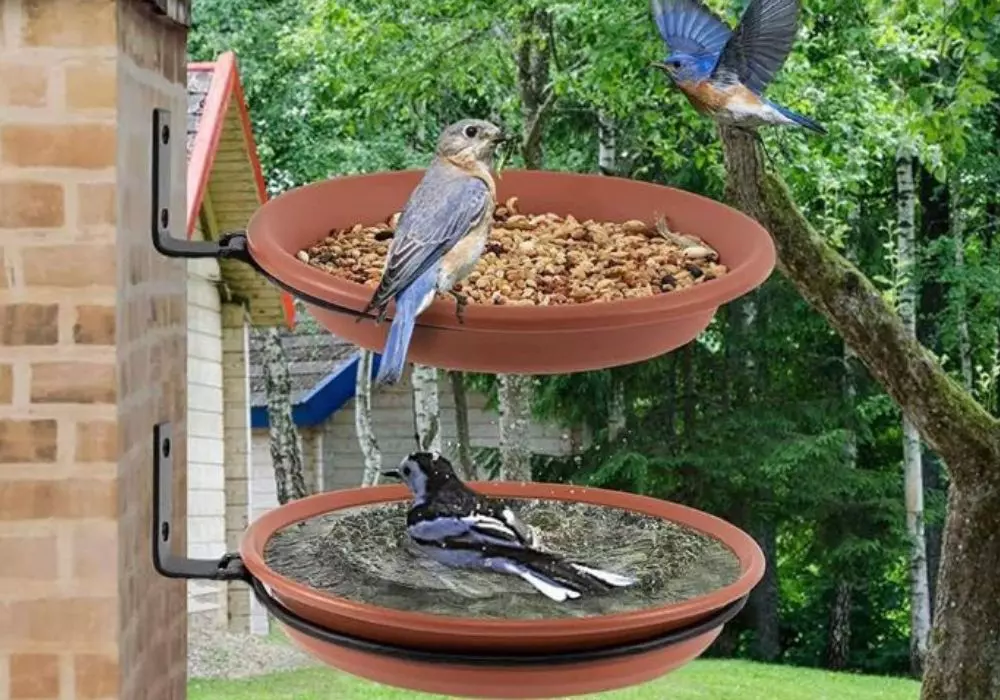

Attract birds to your backyard with a bird feeder and birdbath. These can provide hours of enjoyment as you observe birds up close.
Spotting Scope: For more distant birds, a spotting scope provides greater magnification than binoculars. It’s particularly useful for observing waterfowl, raptors, and shorebirds.
Camera: If you enjoy photography, consider bringing a camera with a good zoom lens. Capturing photos of birds can be a rewarding way to document your sightings.
3. Finding the Best Birdwatching Spots: Where to Go
Birds can be found in a wide range of habitats, from urban areas to remote wilderness.
As a beginner, you can start birdwatching in familiar locations and gradually explore new spots. Here are some of the best places to begin your birdwatching adventures:
Your Own Backyard: A Convenient Starting Point
Your backyard is an excellent place to start birdwatching. By setting up a bird feeder or birdbath, you can attract a variety of species right to your doorstep.
Pay attention to the types of plants in your yard as well—native plants that provide food and shelter can make your backyard even more attractive to birds.
Local Parks and Nature Reserves: Easy Access to Diverse Species
Local parks, nature reserves, and wildlife refuges are often rich in birdlife.
These areas typically have a mix of habitats, such as forests, wetlands, and grasslands, which attract a variety of bird species.
Look for locations with water features, such as lakes, rivers, or ponds, as these are hotspots for bird activity.
Birdwatching Hotspots: Planning Your Birding Trips
As you gain experience, you may want to visit birdwatching hotspots known for their exceptional bird diversity.
These locations are often protected areas with a high concentration of species, making them ideal for birdwatching.
Research online or consult local birdwatching groups to find the best spots in your area or plan trips to renowned birding destinations.
Seasonal Considerations: Timing Your Birdwatching Outings
Birdwatching can be enjoyed year-round, but the species you see and the birding opportunities available can vary with the seasons:
Spring and Fall Migration
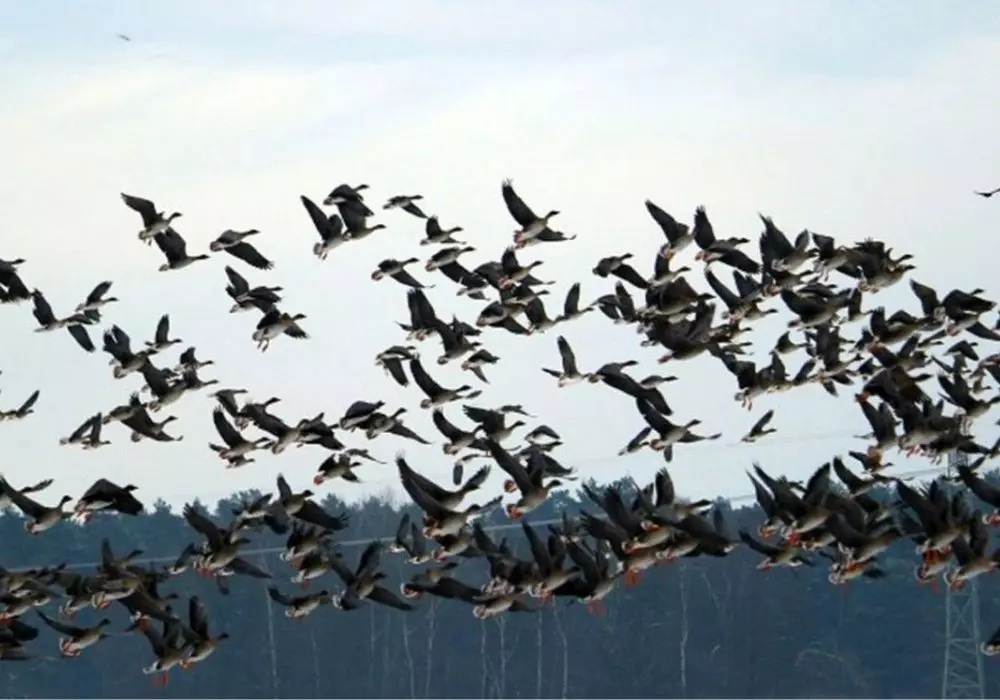

During these periods, many birds migrate between their breeding and wintering grounds, providing an opportunity to see species that may not be present year-round.
Summer Breeding Season: In the summer, many birds are busy raising their young. This is a great time to observe nesting behavior and fledglings.
Winter Birdwatching: While some birds migrate south for the winter, others remain in colder climates or migrate from even farther north.
Winter birdwatching offers the chance to see different species and behaviors.
4. Birdwatching Techniques and Tips: Making the Most of Your Time in the Field
Birdwatching requires patience, practice, and attention to detail. Here are some techniques and tips to help you get the most out of your birdwatching experience:
Be Patient and Quiet: The Key to Observing Birds
Birds are often sensitive to noise and movement, so it’s important to remain quiet and patient while birdwatching. Move slowly, avoid sudden movements, and take your time.
By blending into your surroundings, you’ll be more likely to see birds up close and observe their natural behaviors.
Look and Listen: Using All Your Senses
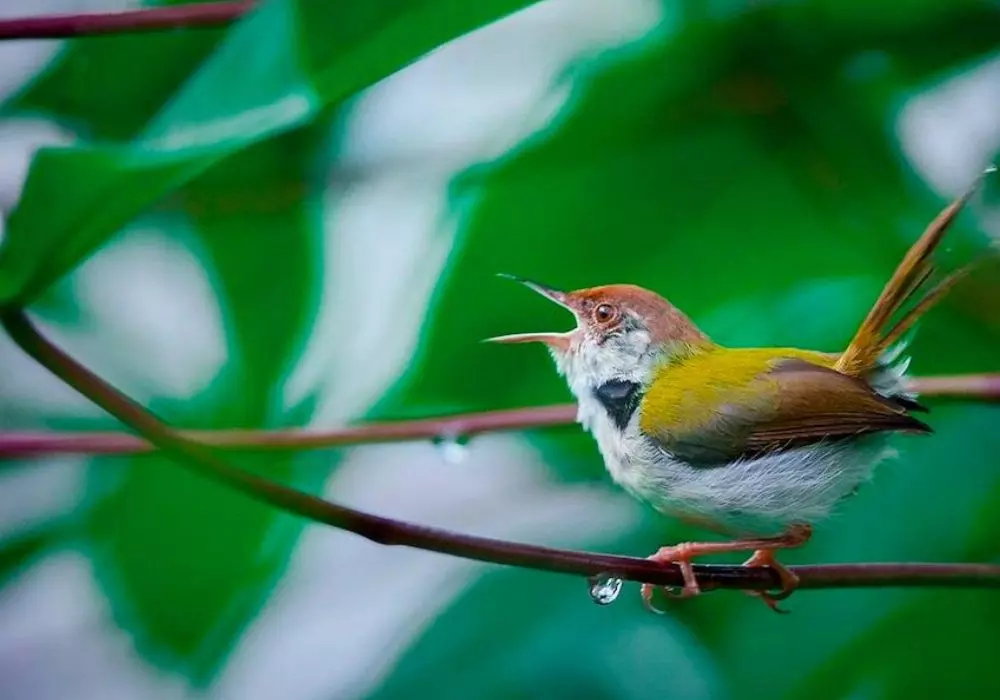

Birdwatching isn’t just about seeing birds—listening is equally important. Bird calls and songs can help you locate birds that might be hidden in trees or shrubs. Learn to recognize the calls of common species in your area, and use these auditory clues to guide your search.
Birding by Ear: Start by familiarizing yourself with the songs and calls of a few common birds.
Birdwatching apps and websites often include audio recordings that can help you learn to identify birds by their sounds.
Spotting Movement: Birds are often easier to spot when they’re in motion. Look for movement in the trees, on the ground, or in the air, and use your binoculars to get a closer look.
Early Mornings and Late Afternoons: The Best Times for Birdwatching
Birds are most active during the early morning and late afternoon, making these the best times for birdwatching. In the morning, birds are busy feeding after a long night, while in the evening, they’re preparing to roost. Plan your birdwatching outings during these times for the best chances of spotting a variety of species.
Practice Bird Identification: Tips for Beginners
Identifying birds can be challenging, especially when you’re just starting out. Here are some tips to help you improve your bird identification skills:
Size and Shape: Start by noting the bird’s size and overall shape. Compare it to familiar birds, such as sparrows or robins, to gauge its size. Observe its silhouette and posture—does it have a long neck, a short tail, or a rounded body?
Color and Markings
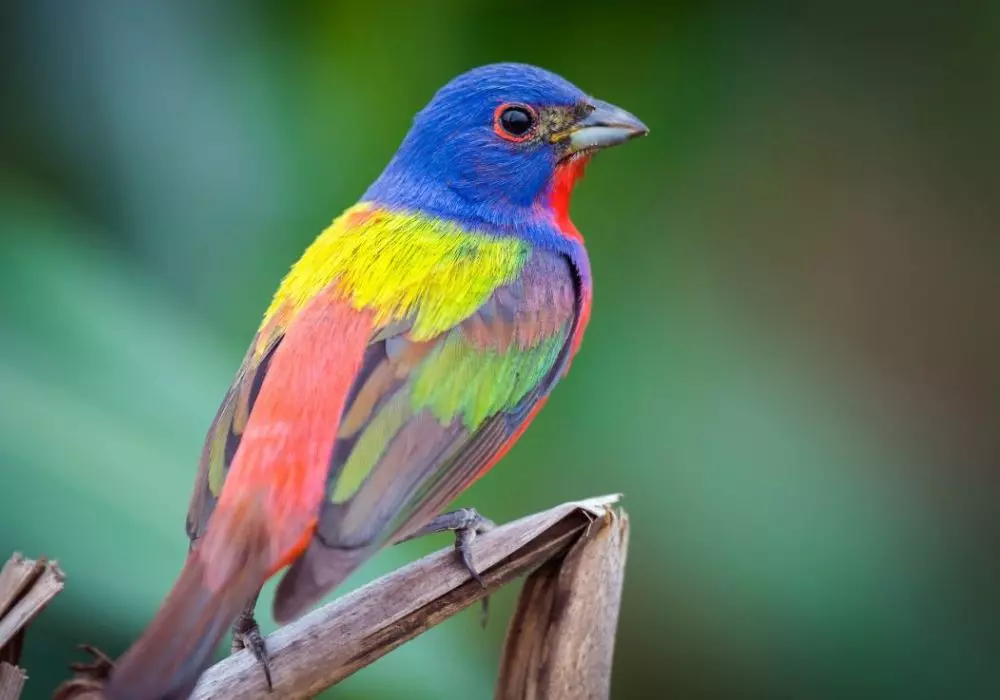

Pay attention to the bird’s color patterns and markings. Look for distinctive features, such as wing bars, eye rings, or streaks on the breast. Note any contrasting colors on the head, wings, or tail.
Behavior and Movement: How does the bird behave? Is it hopping on the ground, perching in a tree, or flying overhead? Birds often have unique behaviors that can help you identify them. For example, woodpeckers are known for their drumming on tree trunks, while warblers are often seen flitting through foliage.
Habitat and Range: Consider where you’re seeing the bird. Certain species are associated with specific habitats, such as wetlands, forests, or grasslands. Check your field guide or app to see if the bird’s range overlaps with your location and the time of year. This can help narrow down your identification.
Take Notes and Photos: Documenting Your Sightings
As you birdwatch, take notes on the birds you observe. Record details such as the species, location, time of day, weather conditions, and any notable behaviors. Over time, this log will become a valuable resource, helping you track your progress and remember key moments.
Photography
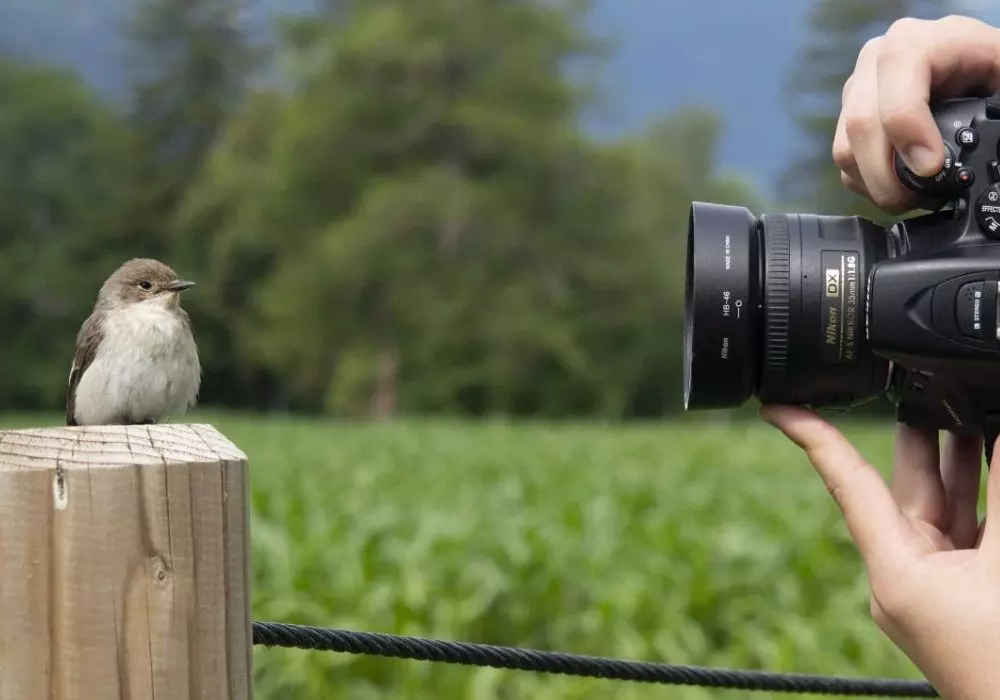

If you have a camera, consider taking photos of the birds you see. This not only allows you to document your sightings but also provides a way to study the birds more closely later on. Even a smartphone can capture useful images, especially if you pair it with a binocular or spotting scope.
Birdwatching Etiquette: Respecting Wildlife and Nature
As a birdwatcher, it’s important to respect the birds and their habitats. Here are some key points of birdwatching etiquette:
Keep Your Distance: Avoid getting too close to birds, especially during breeding season when they may be nesting. Use binoculars or a spotting scope to observe them from a distance.
Stay on Trails: When birdwatching in natural areas, stick to designated trails to avoid disturbing wildlife and damaging habitats.
Don’t Feed the Birds: Feeding birds can disrupt their natural behaviors and diets. It’s best to let them find their own food.
Minimize Disturbance: Avoid using flash photography or making loud noises that could startle birds. If you’re birdwatching with a group, keep your voices low and move slowly.
5. Identifying Birds: A Beginner’s Guide to Bird Identification
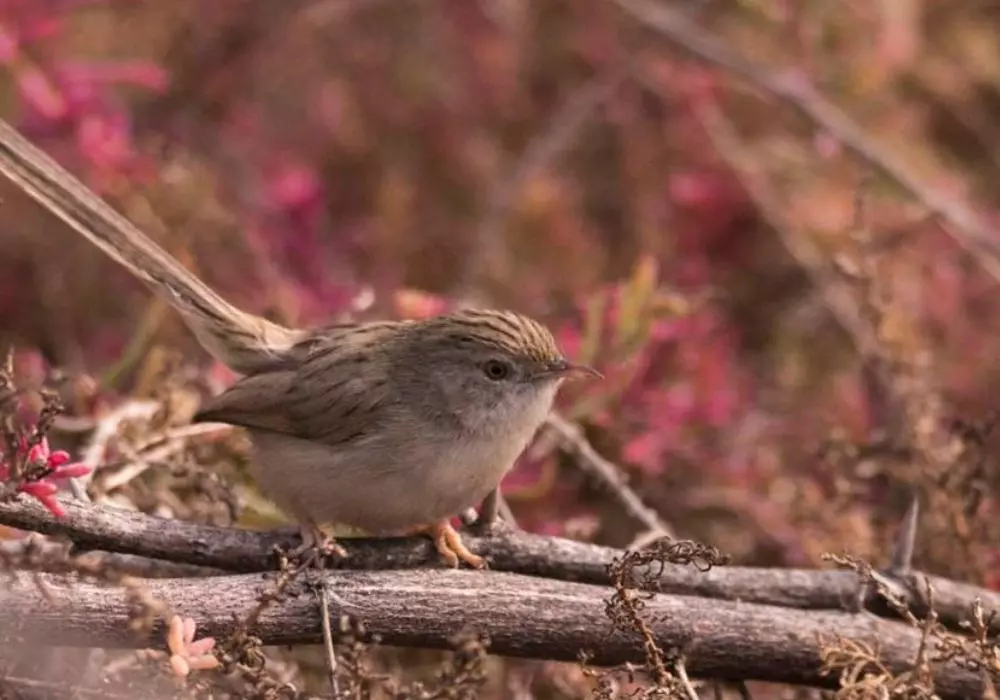

Identifying birds is one of the most rewarding aspects of birdwatching, but it can also be one of the most challenging, especially for beginners. Here’s how to get started with bird identification:
Focus on Common Species First
When you’re just starting out, it’s a good idea to focus on identifying the most common species in your area. Learn to recognize the birds you see most frequently, and gradually expand your knowledge to include less common species.
Practice Regularly: The more you practice identifying birds, the easier it will become. Spend time in the field regularly, and challenge yourself to identify as many birds as you can.
Use a Field Guide or App: Your field guide or birdwatching app is an invaluable tool for identification. Compare the birds you see to the descriptions and images in your guide, paying close attention to key features like size, shape, color, and behavior.
Breaking Down Bird Identification: What to Look For
When you see a bird, try to observe and remember as many details as possible. Here are the key features to focus on:
Overall Size and Shape: Estimate the bird’s size and note its general shape. Is it small and round like a sparrow, or large and sleek like a heron?
Bill (Beak) Shape: The shape and size of a bird’s bill can be a significant clue to its identity. For example, a finch has a short, thick bill for cracking seeds, while a hummingbird has a long, slender bill for sipping nectar.
Color and Patterns: Notice the bird’s primary colors and any distinctive patterns. Is it uniformly colored, or does it have contrasting markings, such as a streaked breast or a ring around the eye?
Wings and Tail: Look at the shape and length of the wings and tail. Are the wings pointed or rounded? Is the tail short and square, or long and forked?
Legs and Feet: The color and length of a bird’s legs can also provide identification clues. For example, shorebirds often have long, slender legs for wading in water.
Behavior: Observe how the bird moves and interacts with its environment. Does it hop along the ground, climb tree trunks, or soar high in the sky? Behavioral clues can be very helpful in narrowing down your identification.
Using Bird Calls and Songs for Identification
Birds communicate through a variety of calls and songs, and learning to recognize these sounds can greatly enhance your birdwatching experience. Here’s how to use bird sounds for identification:
Start with Common Calls: Begin by learning the calls and songs of common birds in your area. Focus on a few species at a time, and practice identifying them by sound alone.
Use Audio Guides: Many birdwatching apps and websites offer audio recordings of bird calls and songs. Use these resources to familiarize yourself with the sounds of different species.
Practice in the Field: When you hear a bird call or song in the field, try to locate the bird and match the sound to the visual identification. Over time, you’ll start to recognize the calls and songs of different species without needing to see the bird.
6. Joining the Birdwatching Community: Connecting with Other Birders
Birdwatching is a social hobby, and there are many opportunities to connect with other birders, share your experiences, and learn from more experienced enthusiasts. Here’s how to get involved in the birdwatching community:
Join a Birdwatching Group or Club
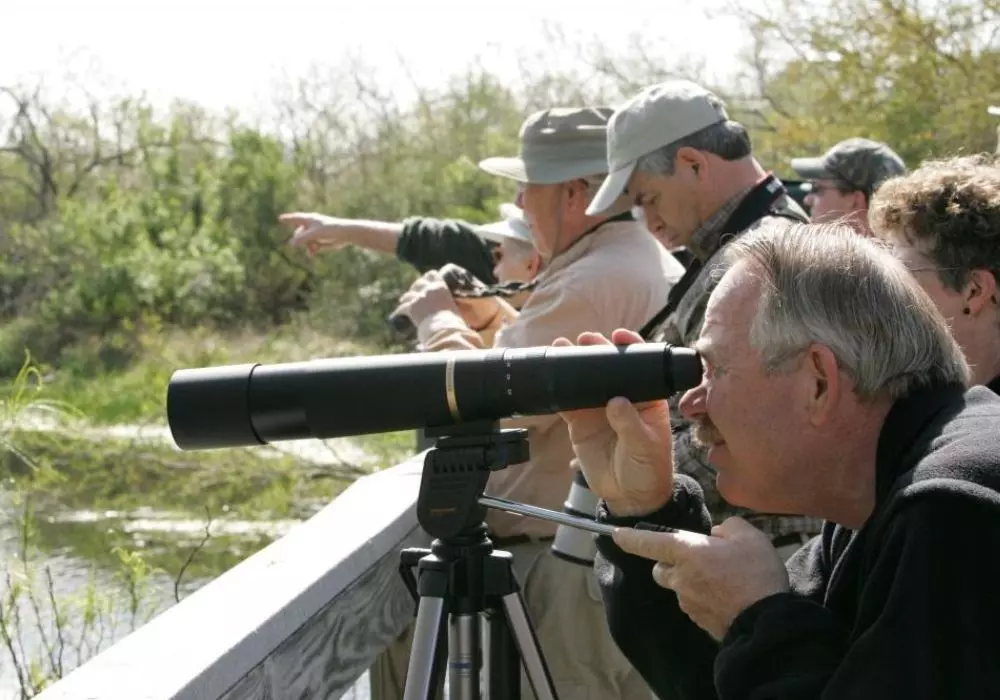

Many areas have local birdwatching groups or clubs that organize outings, events, and workshops. Joining a group is a great way to meet other birders, gain new skills, and discover new birdwatching spots.
Group Outings: Participating in group birdwatching outings allows you to learn from others and see species you might not have spotted on your own. It’s also a chance to explore new locations and make new friends.
Workshops and Lectures: Birdwatching groups often host workshops and lectures on topics such as bird identification, conservation, and photography. These events can help you deepen your knowledge and improve your skills.
Participate in Citizen Science Projects
Citizen science projects allow birdwatchers to contribute to scientific research by recording and submitting their bird observations. These projects help scientists track bird populations, monitor migration patterns, and study the effects of climate change on birds.
eBird: eBird is a global citizen science project that allows birdwatchers to submit their sightings online. Your observations contribute to a growing database used by scientists and conservationists around the world.
Christmas Bird Count: The Christmas Bird Count is an annual event organized by the Audubon Society, where birdwatchers across the Americas count and record the birds they see. It’s a great way to get involved in conservation efforts and meet other birders in your area.
Great Backyard Bird Count: Held every February, the Great Backyard Bird Count is another opportunity to contribute to citizen science. Participants spend time counting birds in their own backyards or local parks and submit their observations online.
Explore Online Birdwatching Communities
In addition to local groups, there are many online communities where birdwatchers share their experiences, ask questions, and discuss bird-related topics. These platforms provide a wealth of information and support for birdwatchers of all levels.
Birdwatching Forums: Online forums like BirdForum.net allow birdwatchers to connect with others from around the world, share photos, and discuss identification challenges.
Social Media Groups: Facebook, Twitter, and other social media platforms have birdwatching groups where members post sightings, share tips, and organize events. Joining these groups can help you stay connected with the birdwatching community and learn from others.
Bird Photography Sites: If you’re interested in bird photography, websites like Flickr and Instagram offer communities of bird photographers who share their work and provide feedback on techniques and gear.
7. Protecting Birds and Their Habitats: A Birdwatcher’s Responsibility
As birdwatchers, it’s important to recognize our role in protecting birds and their habitats. Here are some ways to ensure that your birdwatching activities are sustainable and responsible:
Respect Wildlife and Their Habitats
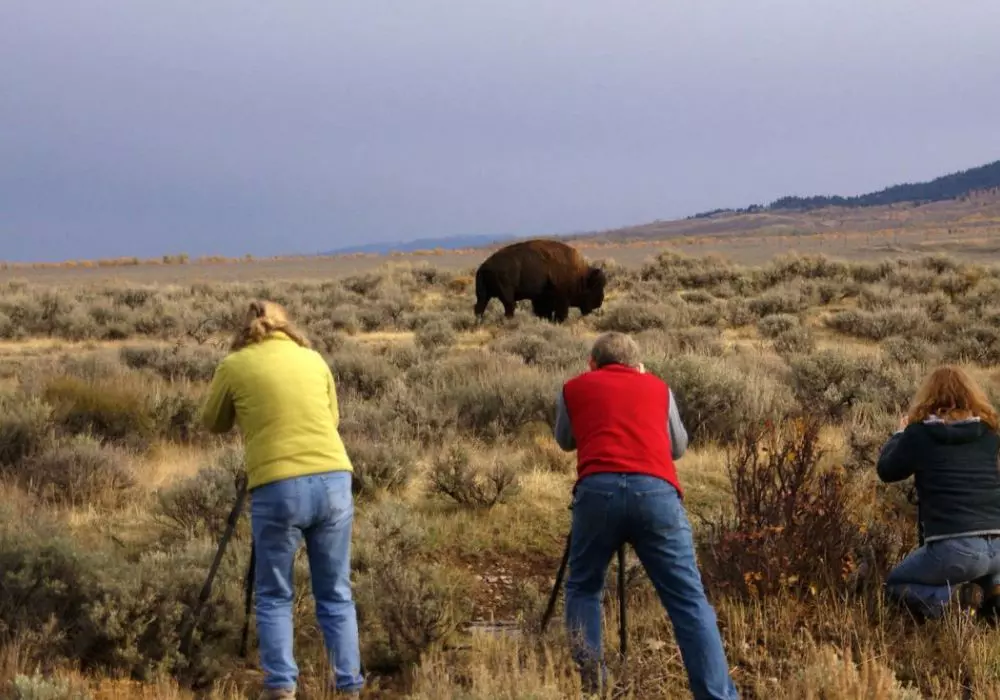

When birdwatching, always put the welfare of the birds first. Avoid disturbing birds or their habitats, especially during sensitive times like nesting or migration. Keep your distance, and use binoculars or a spotting scope to observe birds without getting too close.
Nesting Season: During nesting season, birds are particularly vulnerable to disturbance. Avoid approaching nests or causing any disruption that could lead to the abandonment of eggs or chicks.
Stay on Trails: In natural areas, stick to established trails to minimize your impact on the environment. Walking off-trail can damage fragile ecosystems and disturb wildlife.
Support Bird Conservation Efforts
There are many organizations dedicated to the conservation of birds and their habitats. By supporting these groups, you can help protect the species you love to watch and ensure that future generations can enjoy birdwatching as well.
Donate to Conservation Organizations: Consider donating to organizations like the Audubon Society, BirdLife International, or the American Bird Conservancy. Your contributions help fund important conservation projects around the world.
Participate in Habitat Restoration: Many conservation groups organize habitat restoration projects, such as planting native vegetation or removing invasive species. Volunteering for these projects is a hands-on way to make a difference.
Advocate for Bird-Friendly Policies: Use your voice to advocate for policies that protect birds and their habitats. This might include supporting legislation to preserve wetlands, reduce pesticide use, or combat climate change.
Be a Responsible Birder
Following ethical birdwatching practices is essential for minimizing your impact on the environment and ensuring that bird populations remain healthy.
Avoid Feeding Wild Birds: While feeding backyard birds can be enjoyable, it’s important to avoid feeding wild birds in natural areas. Human food can be harmful to birds, and feeding them can alter their natural behaviors.
Use Bird-Friendly Products: When buying products like coffee or chocolate, look for bird-friendly certifications, such as shade-grown coffee, which helps preserve habitats for migratory birds.
Reduce Your Carbon Footprint: Climate change is one of the biggest threats to birds and their habitats. As birdwatchers, we can help by reducing our carbon footprint through sustainable practices:
Travel Responsibly: When traveling for birdwatching, consider carpooling, using public transportation, or choosing eco-friendly accommodations. If possible, opt for local birdwatching spots to reduce the need for long-distance travel.
Energy Conservation: At home, take steps to reduce energy consumption, such as using energy-efficient appliances, turning off lights when not in use, and insulating your home to reduce heating and cooling needs.
Support Renewable Energy: Consider switching to renewable energy sources, like solar or wind power, if available in your area. Supporting clean energy helps reduce the carbon emissions that contribute to climate change.
8. Birdwatching Around the World: Planning Your Birding Adventures
Once you’ve gained some experience birdwatching in your local area, you might be inspired to explore birdwatching destinations around the world. Traveling to new regions opens up opportunities to see a wider variety of bird species and experience different ecosystems. Here’s how to plan your birdwatching adventures:
Research Top Birdwatching Destinations
Start by researching destinations known for their bird diversity and unique species. Some of the world’s top birdwatching locations include:
Costa Rica
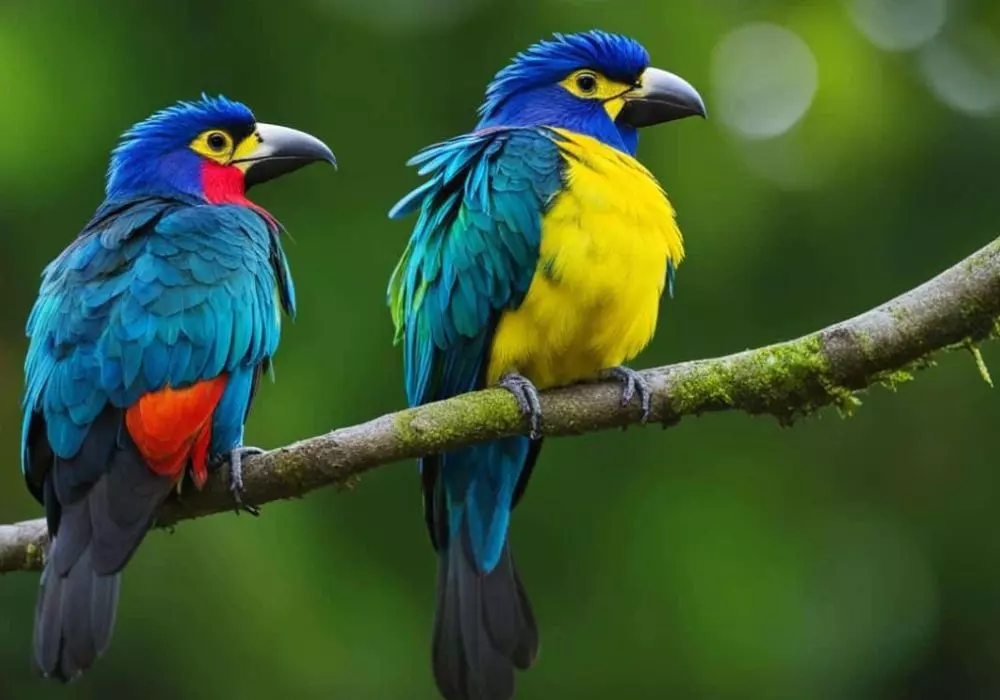

Home to over 900 bird species, Costa Rica offers a rich birdwatching experience in diverse habitats, from cloud forests to coastal mangroves.
Kruger National Park, South Africa: This iconic park is a haven for both birdwatchers and wildlife enthusiasts, with over 500 bird species and the opportunity to see Africa’s “Big Five.”
Yellowstone National Park, USA: Known for its geothermal features and wildlife, Yellowstone is also a great spot for birdwatching, with species like the Trumpeter Swan and Peregrine Falcon.
Galápagos Islands, Ecuador: The Galápagos Islands are a living laboratory of evolution, home to unique bird species such as the Blue-footed Booby and Galápagos Penguin.
Pantanal, Brazil: The world’s largest tropical wetland, the Pantanal is a birdwatching paradise, home to species like the Hyacinth Macaw and Jabiru Stork.
Plan Your Trip Around Peak Birdwatching Seasons
Different bird species are more active or visible during certain times of the year, so plan your trips around peak birdwatching seasons:
Migration Periods: Spring and fall are often the best times to see a variety of migratory birds. During these periods, birds travel between their breeding and wintering grounds, often passing through birdwatching hotspots.
Breeding Season
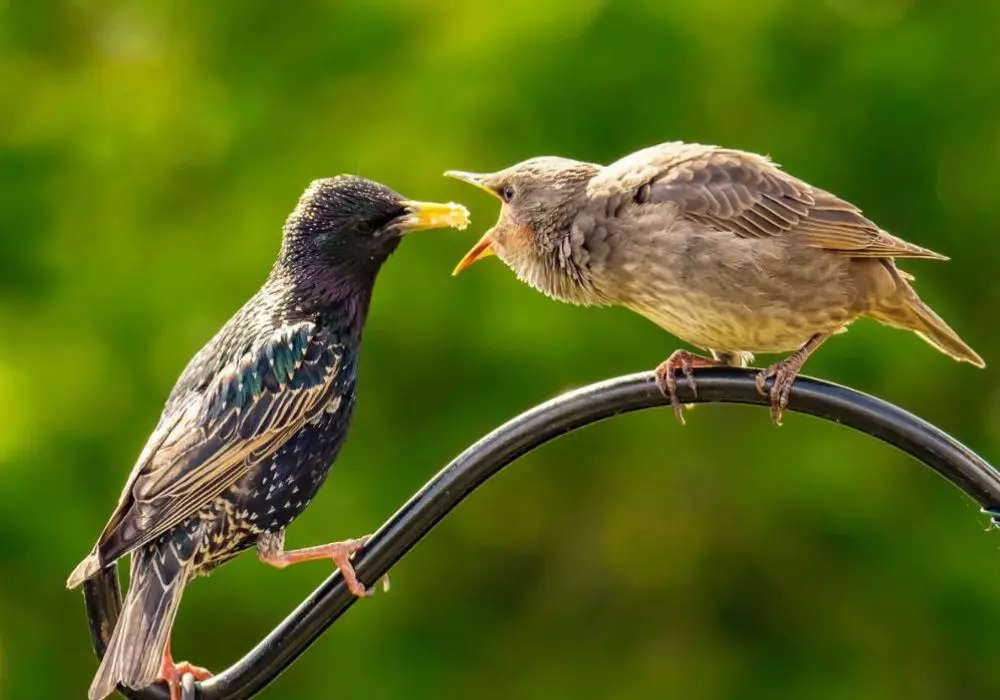

The summer breeding season is a great time to observe birds nesting, feeding their young, and engaging in courtship behaviors.
Winter Birdwatching: Some regions are best visited in winter, when resident birds and winter migrants are easier to spot.
Choose Birdwatching Tours and Guides
If you’re visiting a new destination, consider joining a birdwatching tour or hiring a local guide. Experienced guides can help you find species that might be difficult to spot on your own and provide valuable insights into the local birdlife and ecosystems.
Guided Tours: Many birdwatching destinations offer guided tours led by expert birders. These tours often include transportation, meals, and accommodations, making them a convenient option for travelers.
Local Guides: Hiring a local guide for a day or two is a great way to enhance your birdwatching experience. Local guides know the best spots to find specific species and can share knowledge about the area’s ecology and conservation efforts.
Pack Smart for Birdwatching Travel
When traveling for birdwatching, pack carefully to ensure you have everything you need for a successful trip:
Binoculars and Spotting Scope: Bring your binoculars, and if you have one, a spotting scope for distant birds. Don’t forget a cleaning kit to keep your optics in top condition.
Field Guide: Pack a field guide or download a birdwatching app for the region you’ll be visiting. This will help you identify new species and learn more about the birds you encounter.
Appropriate Clothing: Dress in layers to prepare for varying weather conditions. Neutral-colored clothing helps you blend into your surroundings and avoid startling birds.
Birding Notebook: Bring a notebook or journal to record your observations, including species, behaviors, and habitats.
9. The Joy of Birdwatching: Reflecting on Your Journey
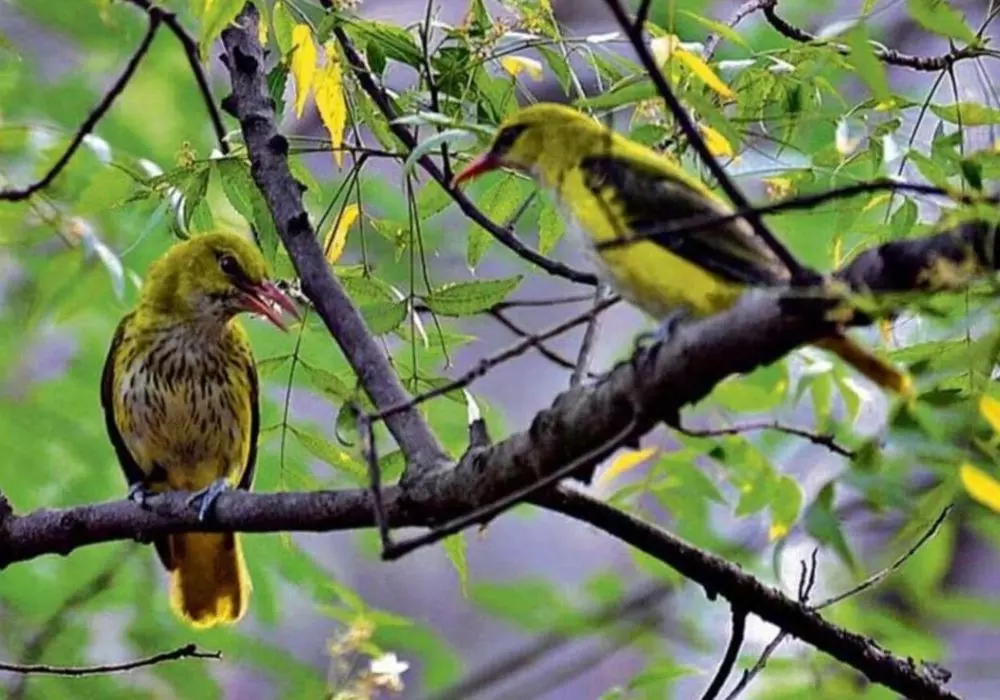

As you continue your birdwatching journey, you’ll find that this hobby offers endless opportunities for discovery, learning, and connection with nature. Whether you’re observing the birds in your backyard or traveling to far-flung destinations, each birdwatching experience brings its own rewards.
Building a Lifelong Passion: Birdwatching is a hobby that can last a lifetime. As you grow more skilled at identifying birds and understanding their behaviors, you’ll develop a deeper appreciation for the natural world and the incredible diversity of birdlife.
Sharing Your Love of Birds: Don’t hesitate to share your passion for birdwatching with others. Whether you introduce a friend to birdwatching, participate in conservation efforts, or contribute to citizen science, your efforts can help protect birds and inspire others to appreciate them as well.
Continual Learning: The world of birdwatching is vast, and there’s always something new to learn. Whether you’re studying bird biology, learning to identify new species, or exploring the latest birdwatching technology, this hobby offers endless opportunities for growth and enrichment.
Conclusion
Birdwatching is more than just a hobby—it’s a journey into the heart of nature, offering a unique blend of excitement, relaxation, and discovery.
Whether you’re just starting out or looking to deepen your knowledge and experience, birdwatching has something to offer everyone.
With the tips and insights provided in this guide, you’re well-equipped to begin your birdwatching adventures.
So grab your binoculars, head out into the field, and start exploring the wonderful world of birds.
As you observe these beautiful creatures and their fascinating behaviors, you’ll not only develop a lifelong passion but also contribute to the conservation of the natural world.
Happy birdwatching!
